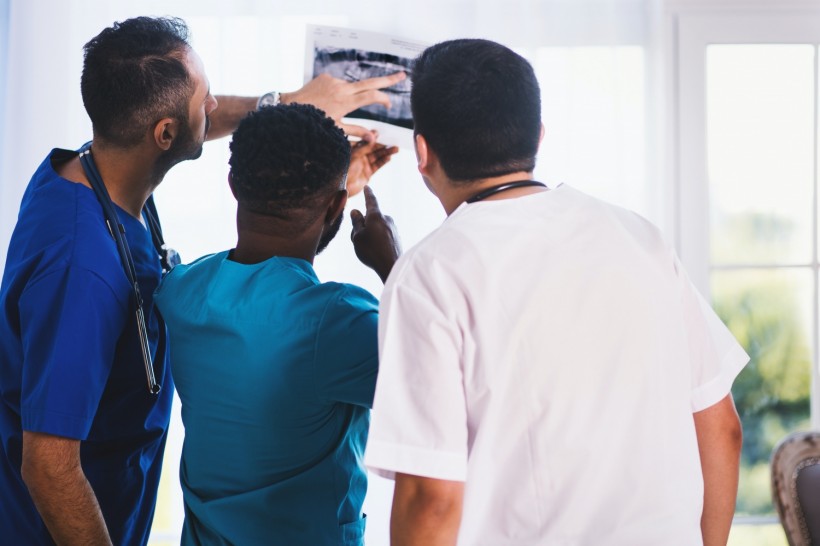A team of doctors has developed a novel system that combines AI triage with radiologist expertise that could save medical practitioners time and stress while improving breast cancer diagnoses.
Novel, Two-Part AI System, Helps Doctors and Patients Alike

The novel system is described in a recent study published in The Lancet Digital Health, titled "Combining the strengths of radiologists and AI for breast cancer screening: a retrospective analysis," based on a decision-referral approach and triages mammograms based on quantification of uncertainty. When the two-part system lacks sufficient assurance to rule out any suspicious findings, it refers the exam to radiologists. The system's performance was measured via retrospective data set of more than a million digital mammography studies and compared to AI and radiologists as standalone interpreters.
The first author Christian Leibig, Ph.D. of Vara and the creator of an AI-powered breast cancer screening, wrote that the approach used leverages the strength of both the AI and radiologists, demonstrating improvements in both sensitivity and specificity of surpassing radiologists or standalone AI systems.
The novel AI system performed admirably on internal and external data tests but yielded inferior sensitivity and specificity results compared to radiologists. When the decision-referral approach was implemented, radiologists' performance improved by two to six percentage points in sensitivity and by one percent in specificity.
Additionally, the improvements reporter especially significant in clinically relevant subgroups of small lesion sizes and invasive carcinomas.
The authors of the study wrote that the system has the potential to increase reader accuracy and decrease the workload of radiologists. The recent study provides evidence to continue the path of widespread and safe clinical adoption of AI systems for breast cancer screening, reports Health Imaging.
ALSO READ: New Symptoms of Monkeypox Virus Linked to Sexually Transmitted Infection (STI), Study Says
Understanding Breast Cancer and its Dangers
Breast cancer, according to the CDC, is a disease wherein the cells of the breast grow rapidly out of control. Different types of breast cancer depend on which cells turn into cancer. It can begin in different breast parts, whether in the lobules, connective tissue, or ducts.
Invasive ductal carcinoma is a type of cancer that begins in the ducts that carry milk to the person's nipple and grow outside the ducts before spreading to various breast tissue. Invasive cancer cells can also spread and metastasize to other body parts.
On the other hand, invasive lobular carcinoma, the glands of the breast responsible for milk production, begins in the lobules and spreads to various breast tissues nearby.
According to the agency, in 2019, over 1.5 million new cancer cases were reported in the US, with roughly 599,589 deaths. Numerous studies have shown that a person's risk for breast cancer varies due to a combination of factors, the main factor being age.
As a person gets older, especially exceeding 50 years of age, the risk for breast cancer also increases. Recent studies have also shown that women with inherited mutations of genes like BRCA 1 and BRCA 2 are at a higher risk for breast and ovarian cancers.
RELATED ARTICLE: Regulatory Molecule Responsible for Epithelial Cells Becoming Invasive and Cancerous, Study Reveals
Check out more news and information on Medicine & Health in Science Times.










!['Cosmic Glitch' in Einstein's Theory of General Relativity Could Be Explained in This New Scientific Tweak [Study]](https://1721181113.rsc.cdn77.org/data/thumbs/full/53435/258/146/50/40/cosmic-glitch-in-einsteins-theory-of-general-relativity-could-be-explained-in-this-new-scientific-tweak-study.jpeg)



